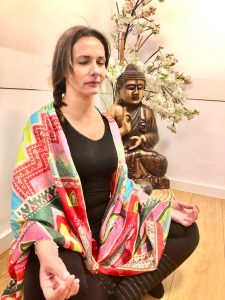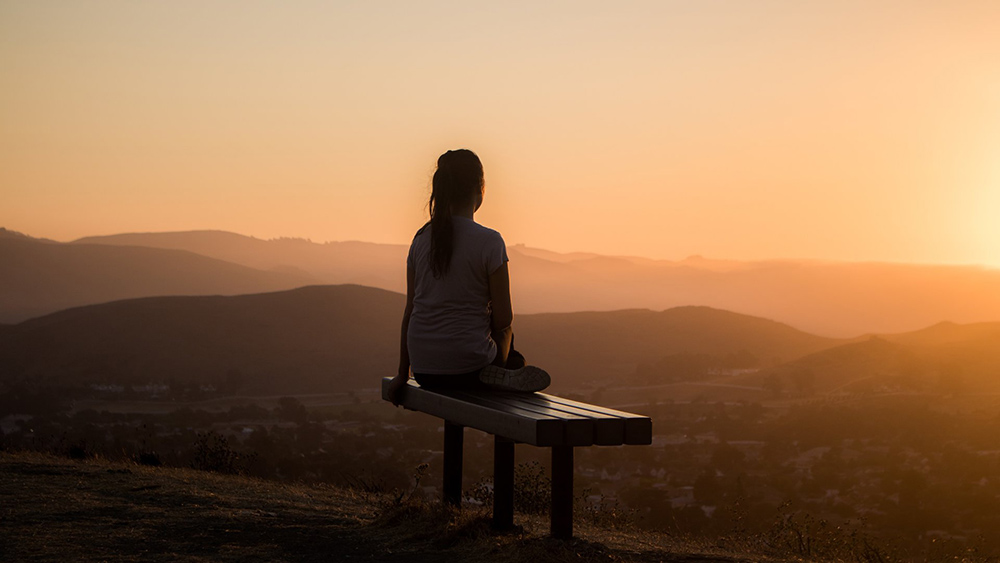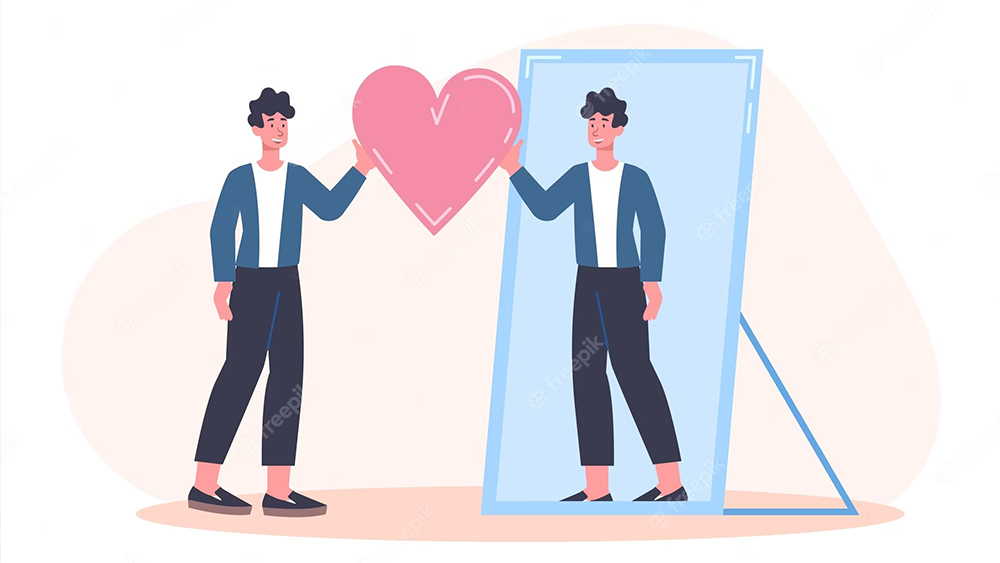Meditation is an ancient technique, used for centuries in different cultures. It is a state of contemplation or deep and prolonged reflection to achieve a focused attention or altered state of consciousness, obtaining a vision of oneself and the world without external factors affecting us. Traditionally associated with spiritual and religious exercises, we also use meditation to provide relaxation and reduce the effects of stress, increase our ability to concentrate and pay attention, improve memory, treat symptoms such as hypertension, pain, insomnia, strengthen the system immunity and promote general health and well-being, among other benefits.
Meditation is not about becoming a different person, it is about training awareness and gaining a healthy sense of perspective. You don’t try to turn off your thoughts or feelings. You are learning to observe them without judging them. And, over time, you can begin to understand them better, too. Learning to meditate is like learning any other skill, it takes practice. Think of it as exercising a muscle you have never exercised before. It takes constant practice to get comfortable. There is no perfect meditation. Sometimes your attention may wander, or you may forget to follow your breath. No problem. It is part of the experience. The most important thing is to meditate consistently. It’s one of those things where the journey is more important than the destination.
HOW TO START MEDITATE?
It takes time to get comfortable in the mind. You may encounter bumps along the way, but that is part of meditation. Keep practicing. You’re doing great just for trying.
There are different kinds of meditations, but most of them start the same way, closing your eyes, calming your mind, and concentrating on your breath. We use our breath as an anchor in the moment, we just sit and gradually learn to let thoughts and feelings come and go.
Of course, it is completely normal that when we start to meditate the mind wanders. The nature of the mind is to think, so it will think; Meditation is not about stopping thoughts, we practice to observe them, without getting caught up in them. When we meditate we learn to tame this restlessness, developing an awareness for those moments when our attention has wandered. If we get distracted, we bring our attention back to our breathing. Thanks to meditation, the mind learns to become more comfortable with the idea of taking a hiatus, and we begin to integrate the qualities experienced during meditation practice – calmness, concentration, compassion, mindfulness – into our daily lives.
Step 1: Pick a time and place that work for you. Studies show that it is easier to create a new habit when we do it “at the same time and in the same place” every day. Don’t overthink it: The best time to meditate is actually the best time to prioritize. And the best place to meditate? Wherever you feel comfortable and distract yourself as little as possible.
Step 2: Decide how long you want to meditate. Especially for beginners, it is essential to start with small periods of time, between 5 and 10 minutes, in order to increase the practice and find the sweet spot. The most important thing is to decide on an amount of time that is effective, but also feels achievable for you to continue meditating on a daily basis.
Step 3: Make sure you are sitting comfortably. Sit with your legs and arms uncrossed, feet flat on the floor, and hands resting in your lap or at your sides. Keep your back straight, but not too tense. If you need it, a small cushion or rolled towel can help keep your back straight.
Step 4: Decide if you want the meditation to be guided or not. A guided meditation is led by an experienced teacher, either in person in a meditation group or class, or via audio or video. Guided meditation is recommended for people who are learning to meditate. Most guided meditations follow a similar format: the teacher explains how the mind behaves during meditation, guides you through a particular meditation technique, and ends by suggesting how to integrate this technique into your daily life.
BODY SCAN MEDITATION TECHNIQUE
The body scan technique can be a great introduction for people learning to meditate. It is designed to synchronize the body and mind by performing mental scans, from the top of the head to the end of the toes, and is done as follows:
- With eyes closed, start at the top of the head and mentally scan the entire body.
- As you scan, notice which parts feel relaxed or tense, comfortable or uncomfortable, light or heavy.
- Take the scan several times (each scan should take about 20 seconds) and use these observations to build a mental picture of how your body feels right now, in the present moment.
- When thoughts arise, simply return to the area of the body where you last left off.
- When you’ve practiced this technique and start to feel comfortable with it, try this deeper body scan meditation.




